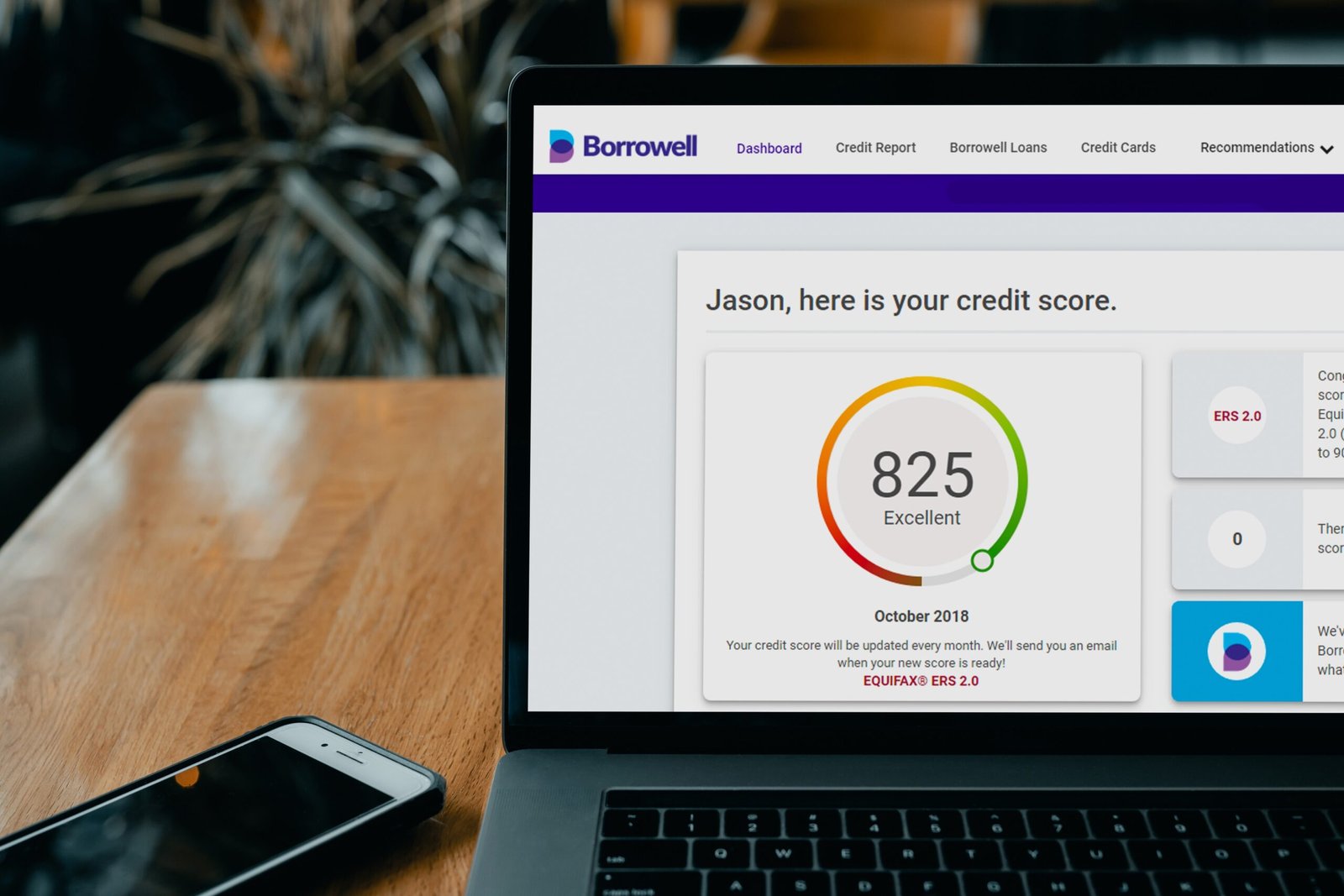This blog post explores the characteristics of a mixed economy and how they contribute to its overall functioning. A mixed economy combines elements of both a market economy and a planned economy.
The Characteristics of a Mixed Economy: Balancing the Best of Both Worlds
A mixed economy is a unique economic system that combines elements of both a market economy and a planned economy. It seeks to strike a balance between individual freedom and government intervention, allowing for the best of both worlds. Also, learn Fascism vs communism are two opposing political ideologies. In this blog post, we will explore the key characteristics of a mixed economy and how they contribute to its overall functioning.
1. Private and Public Ownership
A mixed economy allows for a combination of private and public ownership. It recognizes the importance of private enterprise for innovation, competition, and economic growth, while also acknowledging the need for government control and regulation to ensure fairness and social welfare.
2. Market Forces and Government Intervention
In a mixed economy, market forces play a significant role in determining prices, production, and distribution of goods and services. However, the government also intervenes to correct market failures, promote social welfare, and maintain economic stability. This intervention can take the form of regulations, subsidies, taxes, or direct provision of goods and services.
3. Economic Freedom and Social Equity
A mixed economy aims to provide both economic freedom and social equity. It allows individuals and businesses to pursue their own economic interests, accumulate wealth, and make choices based on market forces. At the same time, it recognizes the importance of reducing income inequality, providing public goods and services, and ensuring a basic standard of living for all citizens.
4. Competition and Government Regulation
Competition is a vital component of a mixed economy. It encourages innovation, efficiency, and consumer choice. However, the government also regulates and oversees competition to prevent monopolies, unfair practices, and exploitation of consumers. This balance between competition and regulation helps maintain a level playing field for businesses and protects consumers.
5. Flexibility and Stability
A mixed economy offers a balance between flexibility and stability. It allows for market forces to drive economic growth and adapt to changing conditions. At the same time, the government provides stability through fiscal and monetary policies, social safety nets, and economic planning to prevent excessive volatility and ensure long-term sustainability.
In conclusion, a mixed economy combines the advantages of both a market economy and a planned economy. It embraces private enterprise and market forces while also recognizing the role of government intervention in promoting social welfare, reducing inequality, and maintaining economic stability. By striking a balance between individual freedom and collective responsibility, a mixed economy seeks to create a more inclusive and sustainable economic system.









Leave a Comment